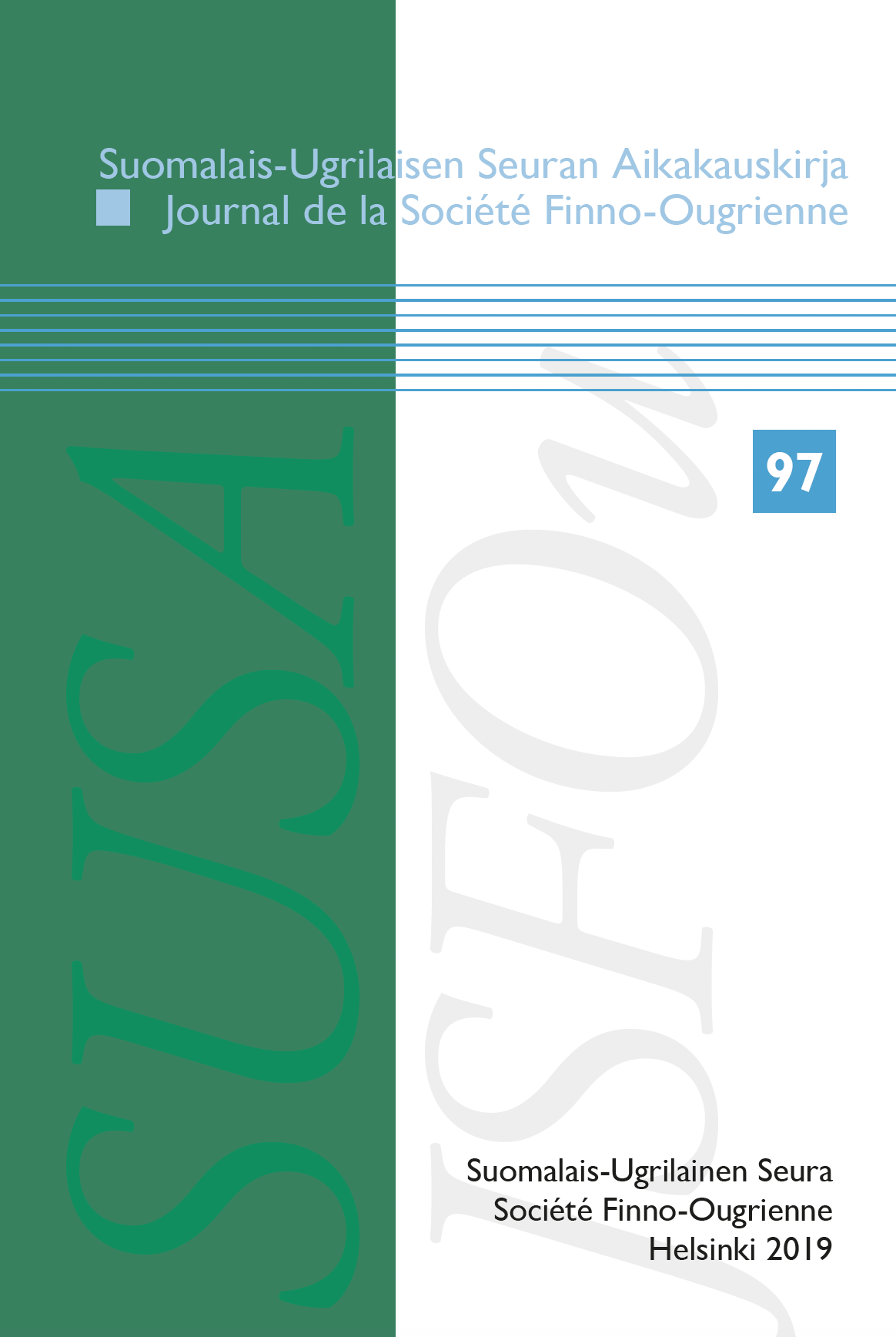Saami -(š)goahti inchoatives: their variation, history, and suggested cognates in Veps and Mordvin
DOI:
https://doi.org/10.33340/susa.75718Avainsanat:
Saami, Mordvin, Finnic, derivation, affixation, historical morphologyAbstrakti
The purpose of this article is twofold: first, to give an overview of the morphological and areal variation of the Saami deverbal inchoative suffixes (North Saami -goahti- and -šgoahti-), and second, to give an updated account of the history of said suffixes. To achieve the latter, a critical survey is made of previous literature dealing with these Saami suffixes as well as the phonetically and semantically similar derivational suffixes in Mordvin (Erzya -kado-, -gado-) and in Veps and Ludic (-gande-, -škande- ~ -gade-, -škade-). Several kinds of etymological cognate or loan relations between these suffixes have been posited. In the present paper, however, it is argued that the Saami -goahti- suffix is not related to other Uralic suffixes, but instead results from the affixation of an independent verb (North Saami boahtit ‘to come’). The -š- element attaching to the suffix is explained as a remnant of another derivational suffix still found as an independent inchoative marker -ahtja- present from South Saami up to Lule Saami.





